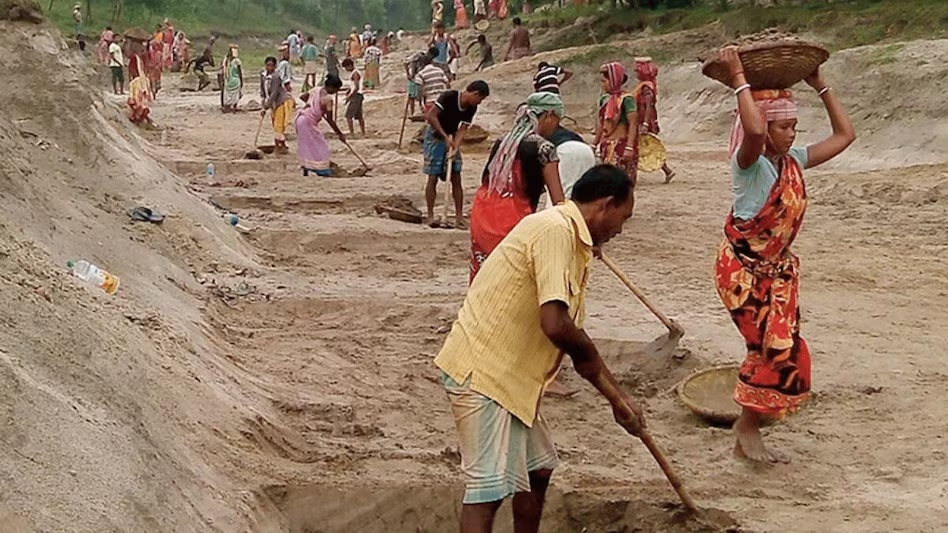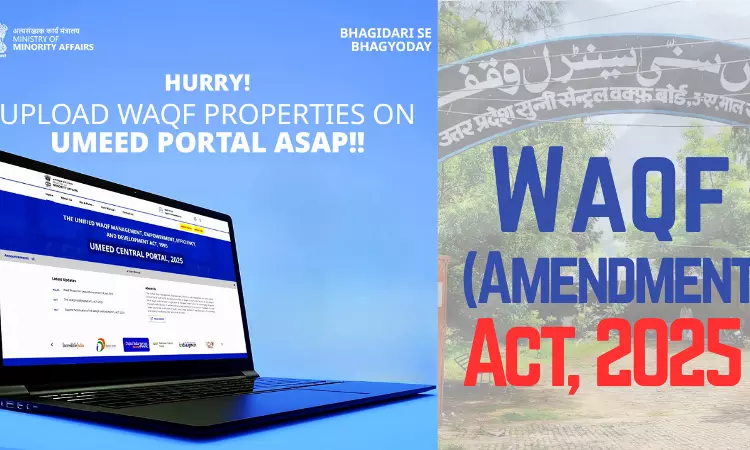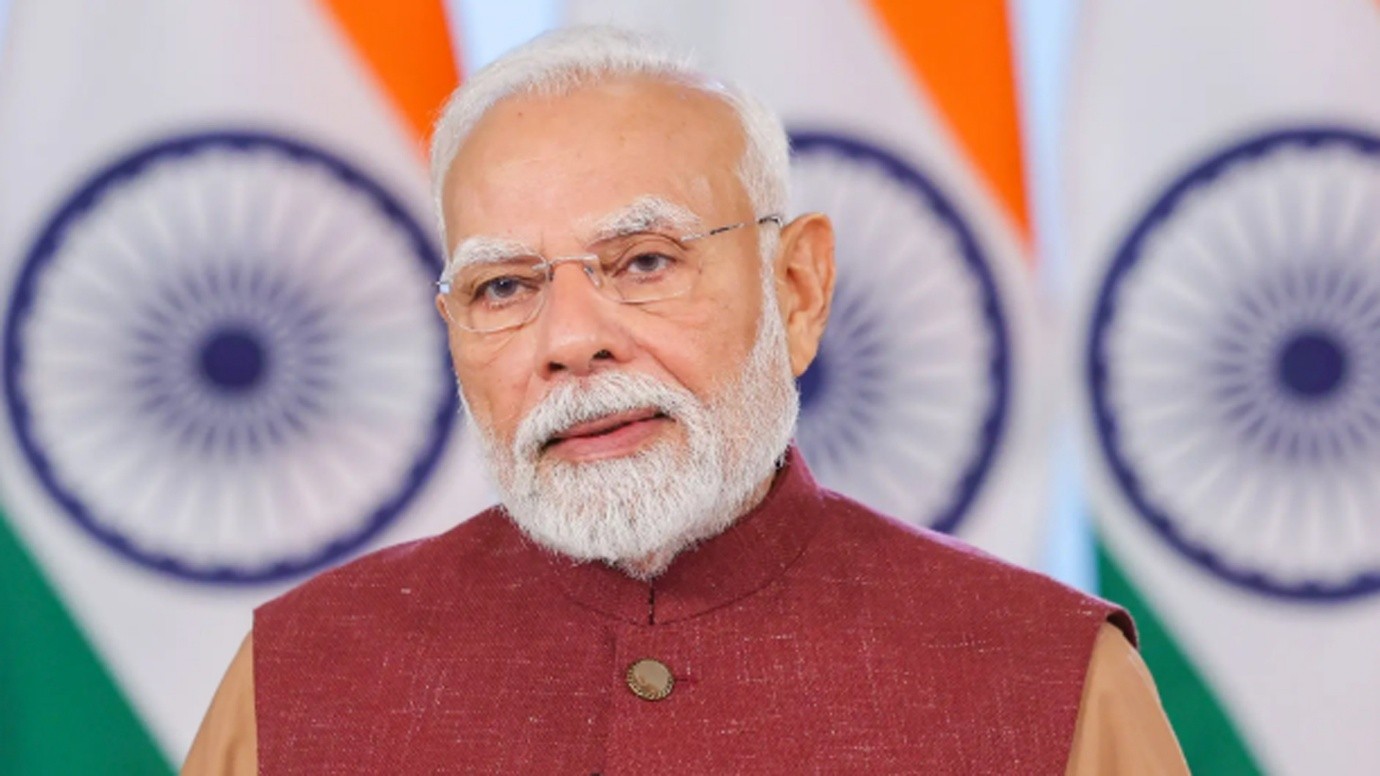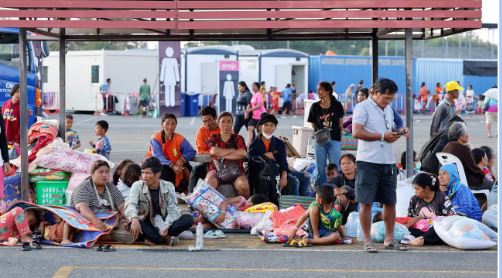Description
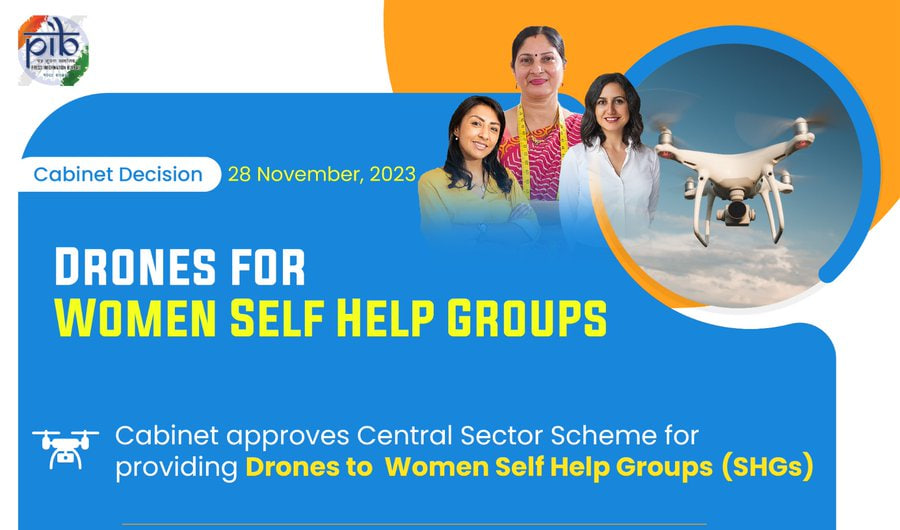
Copyright infringement not intended
Picture Courtesy: PIB
Context: The Union Cabinet, chaired by the Prime Minister has approved a Central Sector Scheme to provide drones to Women Self Help Groups (SHGs).
Details
- The Central Sector Scheme for providing drones to Women Self Help Groups (SHGs) is a significant initiative aimed at empowering women in rural areas and introducing advanced agricultural technologies.
- The Central Sector Scheme is a type of government scheme that is fully funded and implemented by the central government.
Objectives of the Scheme
- The scheme is designed to empower Women Self Help Groups by providing them with drones, enabling them to offer drone services for agriculture purposes.
- The scheme involves a holistic approach by converging the efforts and resources of various departments, including the Department of Agriculture & Farmers Welfare, the Department of Rural Development, and the Department of Fertilizers.
- The primary goal is to bring new technologies, particularly drone services, into the agriculture sector to enhance efficiency and productivity.

Implementation Strategy
- Identification of Clusters: The scheme identifies appropriate clusters where the usage of drones is economically feasible. These clusters are likely to be areas where drone services can have a significant impact on agriculture.
- Selection of Women SHGs: Progressive 15,000 women SHGs in various states within the identified clusters will be selected to receive drones. This selection process is likely to involve criteria that ensure the economic viability of drone usage in those areas.
- Financial Assistance: The scheme provides Central Financial Assistance at 80% of the cost of drones and accessories/ancillary charges, up to a maximum of Rs. 8 Lakh. The remaining balance can be raised as a loan under the National Agriculture Infra Financing Facility, with an interest subvention of 3%.
- Training for SHG Members: One member of the women SHGs will undergo a 15-day training program, including 5 days of mandatory drone pilot training and an additional 10 days for agriculture purposes, such as nutrient and pesticide application. Another member or family member will be trained as a drone technician/assistant.
- Role of Lead Fertilizer Companies (LFCs): LFCs will act as a bridge between drone supplier companies and SHGs. They will facilitate the procurement, repair, and maintenance of drones, addressing any difficulties SHGs may face in this regard.
- Promotion of Nano Fertilizers: LFCs will also promote the use of Nano Fertilizers, such as Nano Urea and Nano DAP, through drones. SHGs will provide drone services to farmers for the application of Nano fertilizers and pesticides.
Expected Outcomes
- The scheme aims to provide sustainable business and livelihood support to 15,000 SHGs, enabling them to earn an additional income of at least Rs. 1 lakh per annum.
- By infusing advanced technology like drones, the scheme seeks to improve efficiency, enhance crop yield, and reduce the cost of agricultural operations for the benefit of farmers.

Conclusion
- This scheme is a comprehensive effort to leverage drone technology for the betterment of women in rural areas, enhance agricultural practices, and contribute to the overall development of the agriculture sector in India.
Must Read Articles:
WOMEN SHGs IN INDIA: https://www.iasgyan.in/daily-current-affairs/women-shgs-in-india
Centrally Sponsored Schemes (CSS): https://www.iasgyan.in/daily-current-affairs/centrally-sponsored-schemes-css
DRONES: https://www.iasgyan.in/daily-current-affairs/drones
|
PRACTICE QUESTION
Q. How has the adoption of technology in agriculture impacted farming practices and productivity in India, and what are the key challenges and opportunities associated with integrating advanced technologies in the agricultural sector?
|






